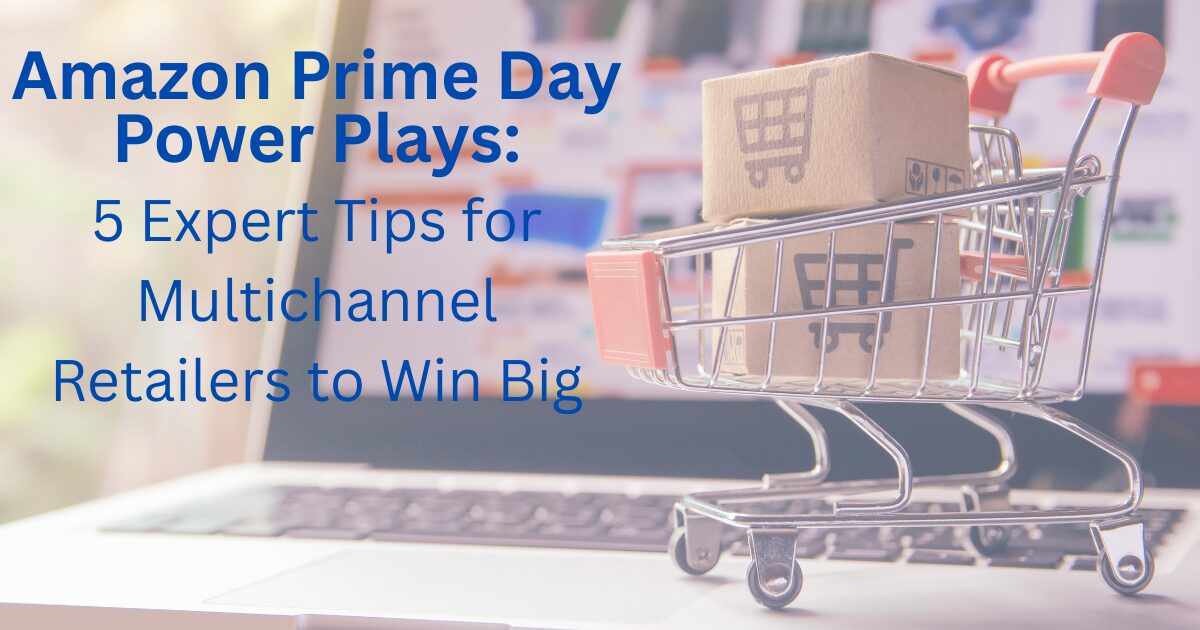Amazon Prime Day has rapidly become one of the most influential sales events in global ecommerce, rivaling Black Friday in both traffic and transaction volume. In 2024, the event generated over $12 billion in sales worldwide, with marketplace sellers—both established brands and nimble SMBs—rushing to capitalize on the spike in consumer activity.
But for retailers aiming to stand out, Prime Day presents as much challenge as opportunity. Beyond simple discounts, sellers need smart strategy, inventory readiness, and multichannel coordination to capture their share of the Prime Day pie. A recent blog post by marketplace integration platform ChannelEngine sheds light on best practices for retailers aiming to maximize performance—not just during the event, but in its aftermath as well.
No longer a 48-hour frenzy, it’s now a four-day global shopping event, running from Tuesday, July 15 through Friday, July 18, with record participation expected across 25+ countries.
As Amazon ramps up for its longest (and maybe most lucrative) Prime Day ever, marketplace sellers must do more than slash prices. Retailers with multichannel strategies and global reach need to fine-tune listings, synchronize inventory, and leverage insights across platforms to stand out.
Here are five expert tips, backed by insights from marketplace management platform ChannelEngine, to help multichannel retailers prepare and win.
1. Get Inventory in Shape: Especially for Multiple Regions
With Prime Day running for four full days in 2025, demand surges are expected to be higher and longer-lastingespecially in global regions like the U.K., Germany, Japan, and Australia, which are included in Amazon’s expanded Prime Day footprint.
ChannelEngine says: “Overcommitting to products that won’t sell or running out of stock on bestsellers are two of the most avoidable Prime Day pitfalls.”
Retailers should align inventory across marketplaces and use demand forecasting tools to avoid both overstock and sell-outs. Don’t forget to prep for local variations—what sells fast in Spain or the UAE may differ from U.S. bestsellers. Centralizing inventory tracking and automation across Amazon, Walmart, Bol.com, and other marketplaces helps streamline and create efficiencies for your operations.
2. Optimize Listings for Prime Shoppers—Everywhere
With more than 200 million Prime members worldwide, discoverability is key. Amazon will spotlight products through exclusive deals, AI-personalized offers, and curated experiences like “Buy with Prime.” Retailers must ensure product listings are keyword-rich, visually appealing, and adapted to each channel’s standards. International customers also respond to localized content, especially in native language marketplaces.
ChannelEngine says: “An optimized listing is just as important as a good deal.” Refresh titles, bullets, and imagery on every platform—not just Amazon—to drive conversions from Prime Day traffic spillover.
3. Think Beyond Amazon: Multichannel Is Mandatory
Prime Day drives ecommerce activity beyond Amazon’s walls. Shoppers compare prices on platforms like Zalando, eBay, Cdiscount, and Walmart. Retailers active across channels can catch more of this intent-driven traffic.
ChannelEngine says: “A multichannel approach is essential to mitigate risk and capture buyers who are comparison shopping across platforms.”
In 2025, Amazon is also emphasizing Prime-exclusive benefits like “Invite-only deals,” which could nudge non-Prime shoppers elsewhere. Make sure you’re present where they are looking.
4. Dynamic Pricing > Deep Discounting
With Prime Day now four days long, pricing agility is critical. Instead of offering flat discounts across the board, use dynamic pricing strategies to respond to real-time demand and competitor moves.
ChannelEngine says: “Avoid deep discounting unless there’s a clear margin and inventory strategy to support it.”
Consider layering offers like Lightning Deals, product bundles, or region-specific pricing windows to maximize margin while staying competitive.
5. Treat Prime Day as a Strategic Testing Ground
Amazon is leveraging AI and customer data to serve personalized deals to Prime members in 2025. This means retailers can gain valuable insight into consumer behavior, pricing elasticity, and ad performance.
ChannelEngine says: “Prime Day is more than a 48-hour sale. It’s an opportunity to stress-test your ecommerce strategy and emerge with stronger systems, sharper insights, and broader marketplace reach.”
Track and analyze sales by SKU, country, and campaign. Use those insights to sharpen Q4 holiday promotions and global channel strategies.
Last but not least, with Amazon’s 2025 Prime Day is longer, smarter, and more globally connected retail event than ever before. For multichannel retailers, it’s not just about four days of sales but a milestone chance to expand reach, gather actionable insights, and build systems for sustainable growth.




































